What is the tolerance range of precision screws?
What is the tolerance range of precision screws?
Service Hotline
+86760-8787 8587We have more than ten years of production experience in the screw industry. The main products are: handle bolts, cup head machine screws, circuit board bracket copper posts, spring metal washers, tapered copper rivets, welding bolts, hex head screws, bolts and nuts, full teeth Thin wire fine button screws, countersunk head slotted screws, inch self-locking nuts, spring washer standard GB93-87, large dome head square neck screws, hexagonal carbon steel screws, grounding washers, 8-grade positive nuts and other fasteners, Due to the different materials and specifications of the products, the prices are also different, please contact us if necessary.


Bolts are widely used in the machinery industry. Round head bolts are generally fixed in equipment parts, but during long-term use, due to external force or vibration of the equipment itself, the bolts are loosened, and the bolt heads have a long-term use process. A fatal disadvantage is that it is prone to slippage, which can cause major safety hazards and economic losses to users in severe cases.
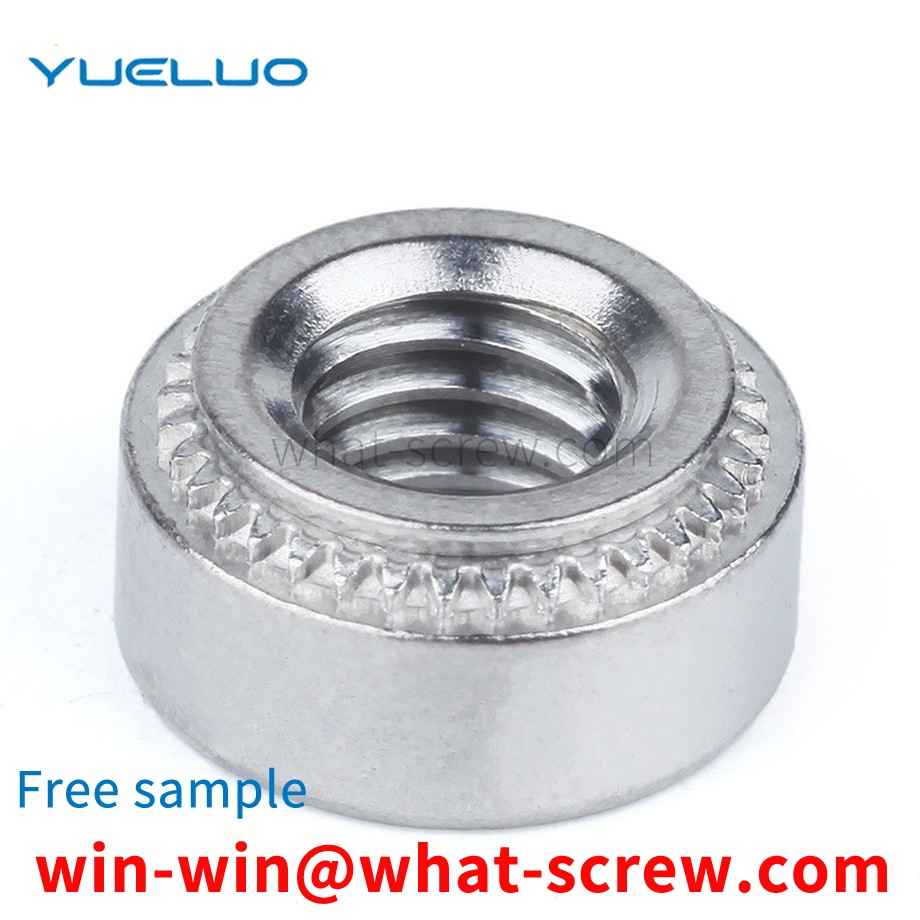
The common types of wood screws are iron and copper, and the types are divided into round head type and other samples of wood screws according to different nail heads. There are two types of slotted screws and cross recessed screws. Generally, the round head screws are made of mild steel and are blue, and the flat head screws are polished. The oval head screws are usually plated with cadmium and chrome, and are often used to install hinges, hooks and other hardware accessories. Specifications are determined by rod diameter, length and nail head type. [1]
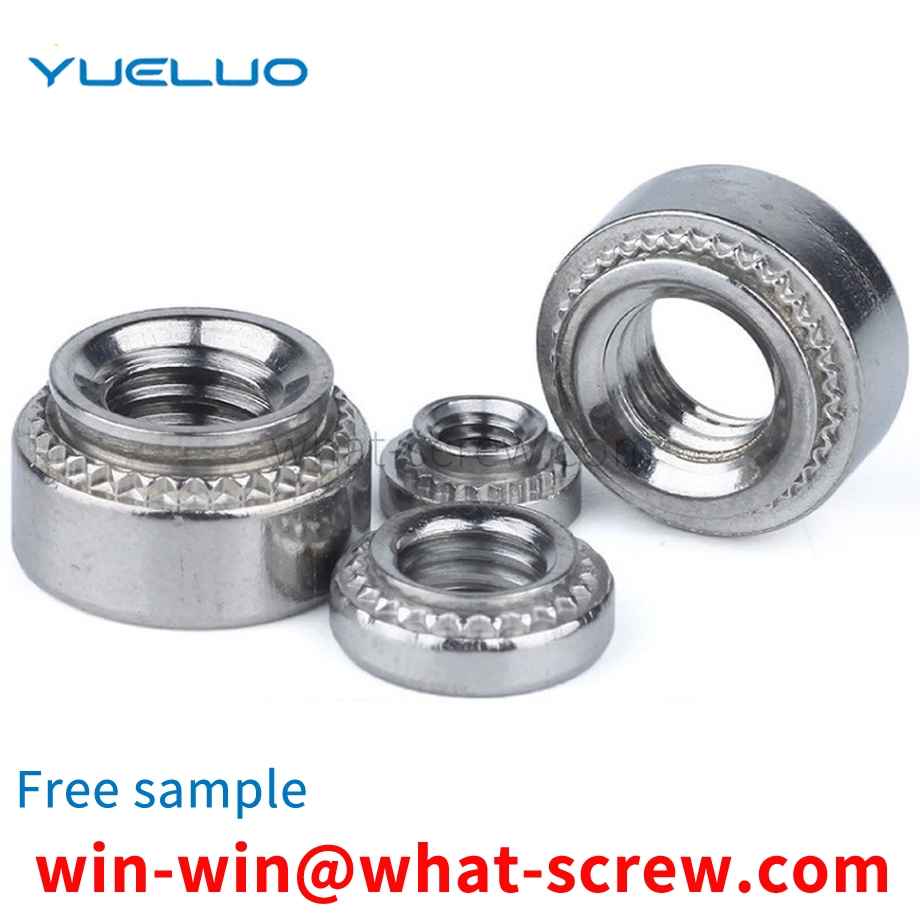
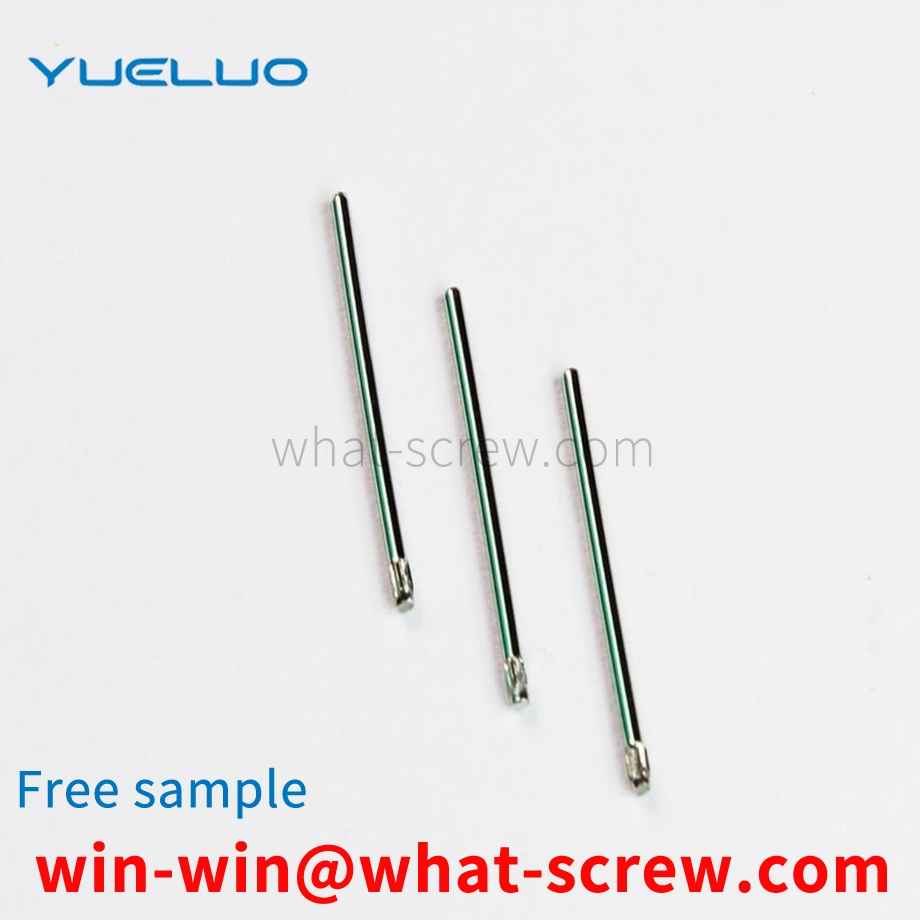
Usually, the forming of the bolt head adopts cold heading plastic processing. Compared with the cutting process, the metal fiber (metal wire) is continuous along the shape of the product, and there is no cut in the middle, thus improving the strength of the product, especially the mechanical properties. The cold heading forming process includes cutting and forming, single-station single-click, double-click cold heading and multi-station automatic cold heading. An automatic cold heading machine performs multi-station processes such as stamping, heading forging, extrusion and diameter reduction in several forming dies. The processing characteristics of the original blank used by the single-station or multi-station automatic cold heading machine are determined by the size of the bar with a length of 5-6 meters or the wire rod with a weight of 1900-2000KG, that is, the characteristics of the processing technology. The point is that cold heading does not use pre-cut single blanks, but uses the automatic cold heading machine itself to cut and upset (if necessary) blanks from bars and wire rods. Before extruding the cavity, the blank must be shaped. A blank that meets the technological requirements can be obtained by shaping. Before upsetting, reducing and positive extrusion, the blank does not need to be shaped. After the blank is cut, it is sent to the upsetting and shaping station. This station can improve the quality of the blank, reduce the forming force of the next station by 15-17%, and prolong the life of the die, and the bolts can be made with multiple diameter reductions. The precision that can be achieved by cold heading is also related to the selection of the forming method and the procedure used. In addition, it also depends on the structural characteristics of the equipment used, the process characteristics and its state, the precision of the tool and die, the life and the degree of wear. For high-alloy steel used in cold heading forming and extrusion, the roughness of the working surface of the cemented carbide mold should not be greater than Ra=0.2um. When the roughness of the working surface of this type of mold reaches Ra=0.025-0.050um, it has the highest life.
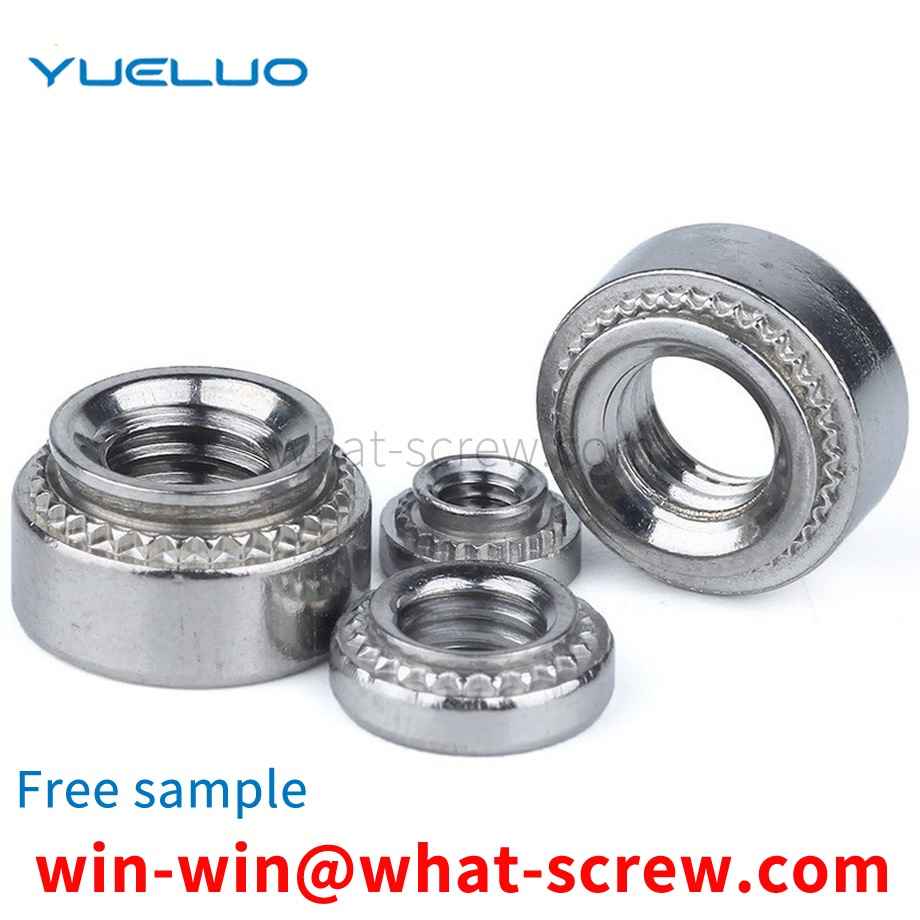
The technical process of nickel-phosphorus plating for high-strength bolts consists of three parts: The first part is the pre-treatment process, including the precision and appearance inspection of high-strength bolts before plating, manual degreasing, immersion degreasing, pickling, electro-activation and flash nickel plating and other processes; the second part is the electroless nickel plating treatment process; the third part is the post-treatment process, including the processes of hydrogen-displacing heat treatment, polishing and finished product inspection. As follows: Bolt chemical composition inspection → bolt pre-plating accuracy, visual inspection → manual degreasing → visual inspection → immersion degreasing → hot water washing → cold water washing → pickling → cold water washing → electric activation → cold water washing → flash nickel plating → cold water washing → Deionized water washing → Electroless nickel plating → Deionized water washing → Cold water washing → Hydrogen removal → Polishing → Finished product inspection.
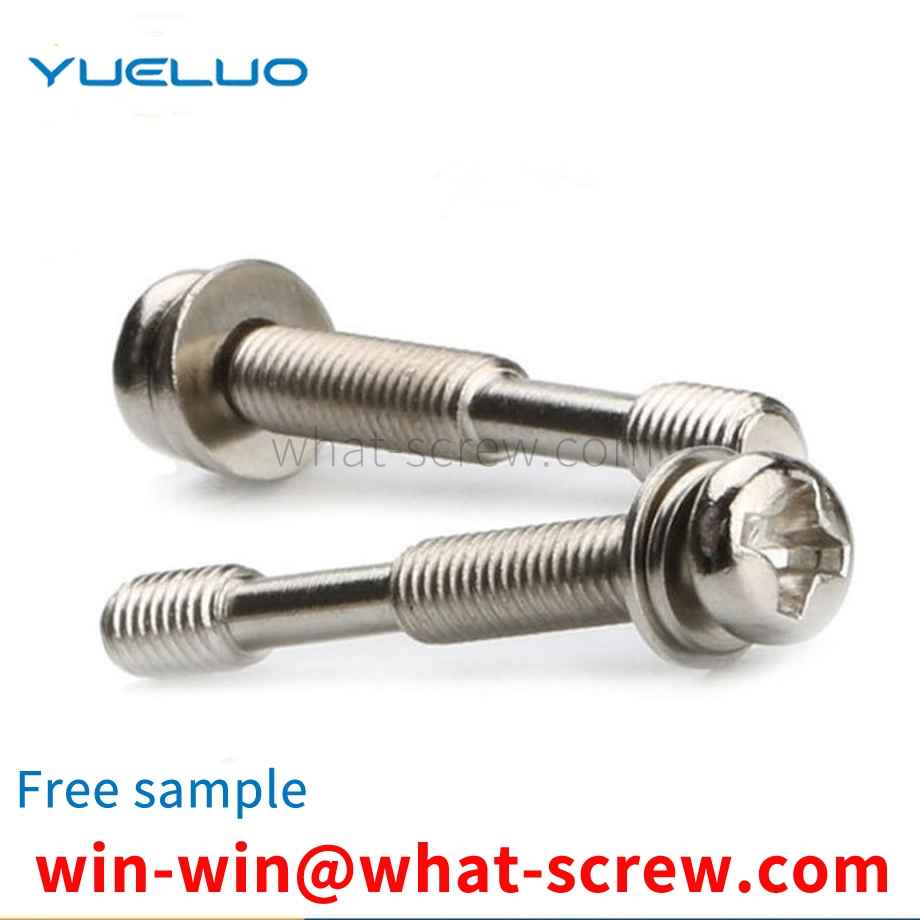
The above content is uploaded by Yueluo or the Internet. If there is any copyright issue, please contact [email protected].

What is the tolerance range of precision screws?

How to choose the right stainless steel screw manufacturer?

Why is there an R angle under the head of the hexagon head s...

We have more than ten years of experience in screw industry ...

We have more than ten years of experience in screw industry ...

We have more than ten years of experience in screw industry ...

We have more than ten years of production experience in the ...